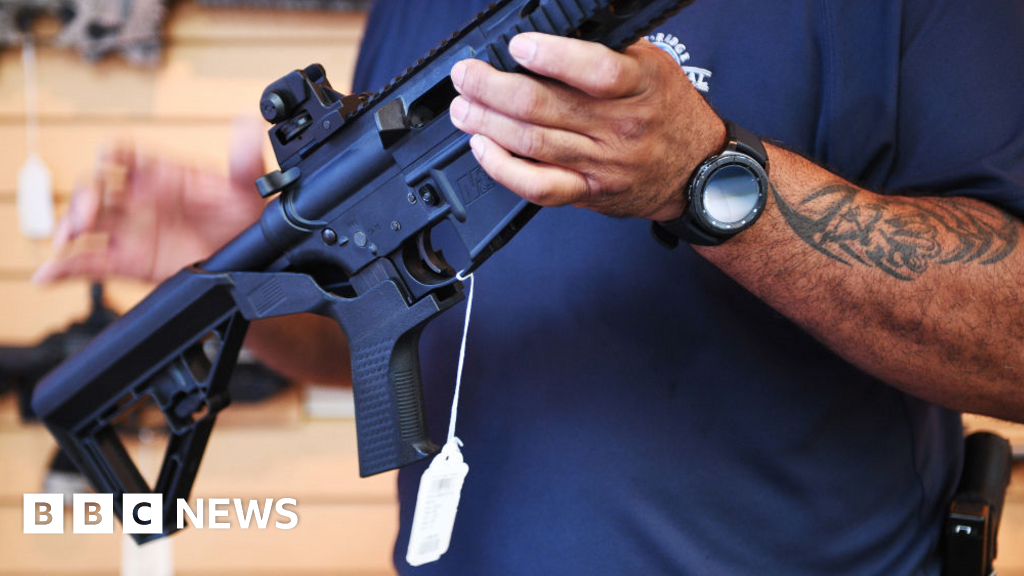In a recent decision, the Supreme Court struck down a Trump-era ban on bump stocks, devices that can convert semiautomatic rifles into weapons capable of firing hundreds of rounds per minute. The court ruled that these attachments do not transform semiautomatic rifles into machine guns as previously believed.
The ruling came in response to a challenge brought by gun rights advocates who argued that the Bureau of Alcohol, Tobacco, Firearms and Explosives (ATF) overstepped its authority when it enacted the ban following the 2017 Las Vegas mass shooting. The shooter in that incident used bump stocks on 12 of his semiautomatic rifles.
The Supreme Court's decision was based on a 6-3 vote, with Justice Clarence Thomas writing the opinion. The court found that the ATF had exceeded its authority when it determined that bump stocks were machine guns under federal law.
This ruling has significant implications for gun control in the United States. Bump stocks are now legal once again, and civilians can purchase and possess them without restriction.
The decision was met with mixed reactions. Some advocates hailed it as a victory for gun rights, while others expressed concern about the potential dangers of these devices.
It is important to note that this ruling does not change the legal status of machine guns, which are still subject to strict regulations under federal law. Only those who have obtained proper licenses and registrations can legally possess machine guns.
The Supreme Court's decision in this case highlights the ongoing debate over gun control in the United States. As always, it is crucial for individuals to stay informed about relevant laws and regulations.


